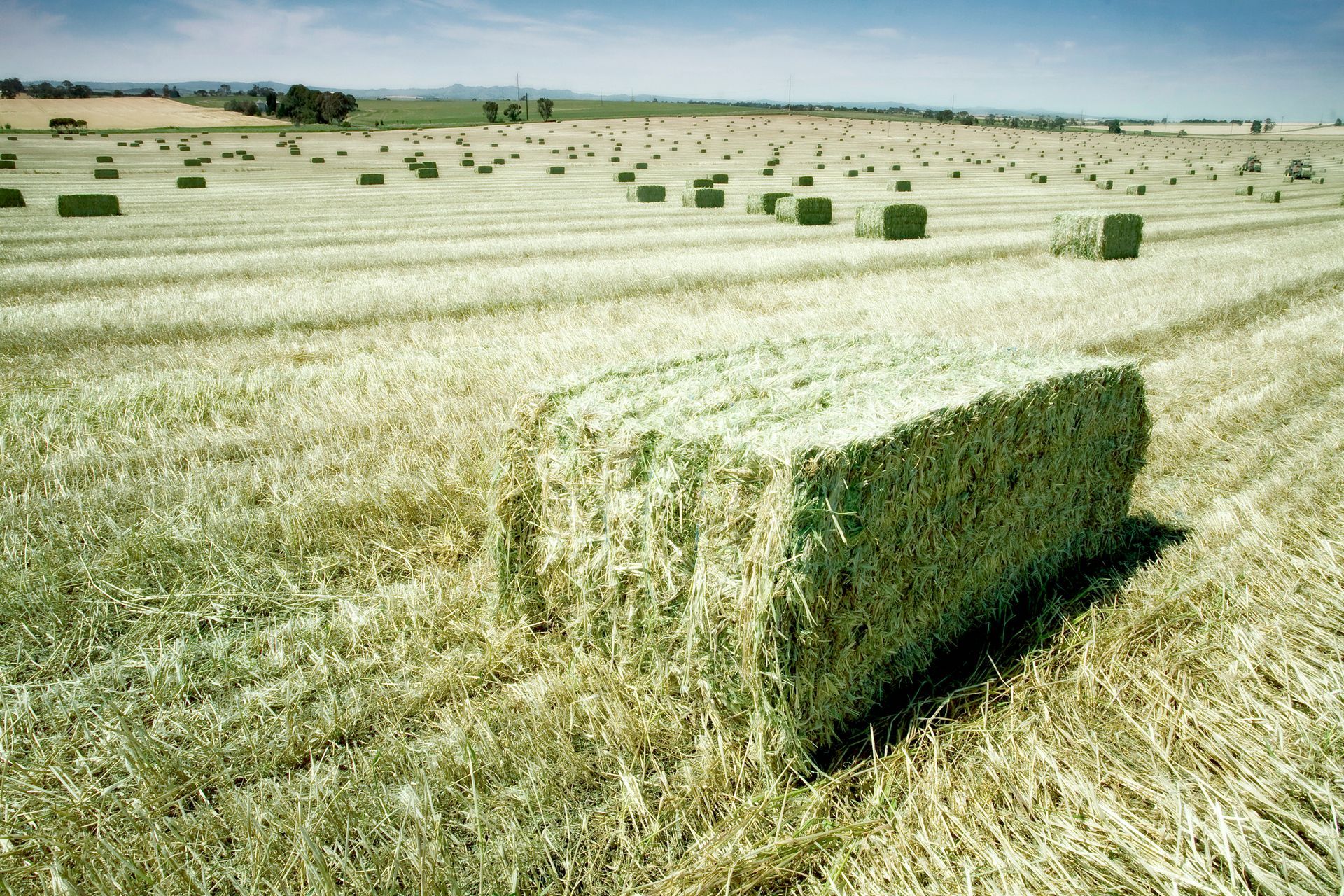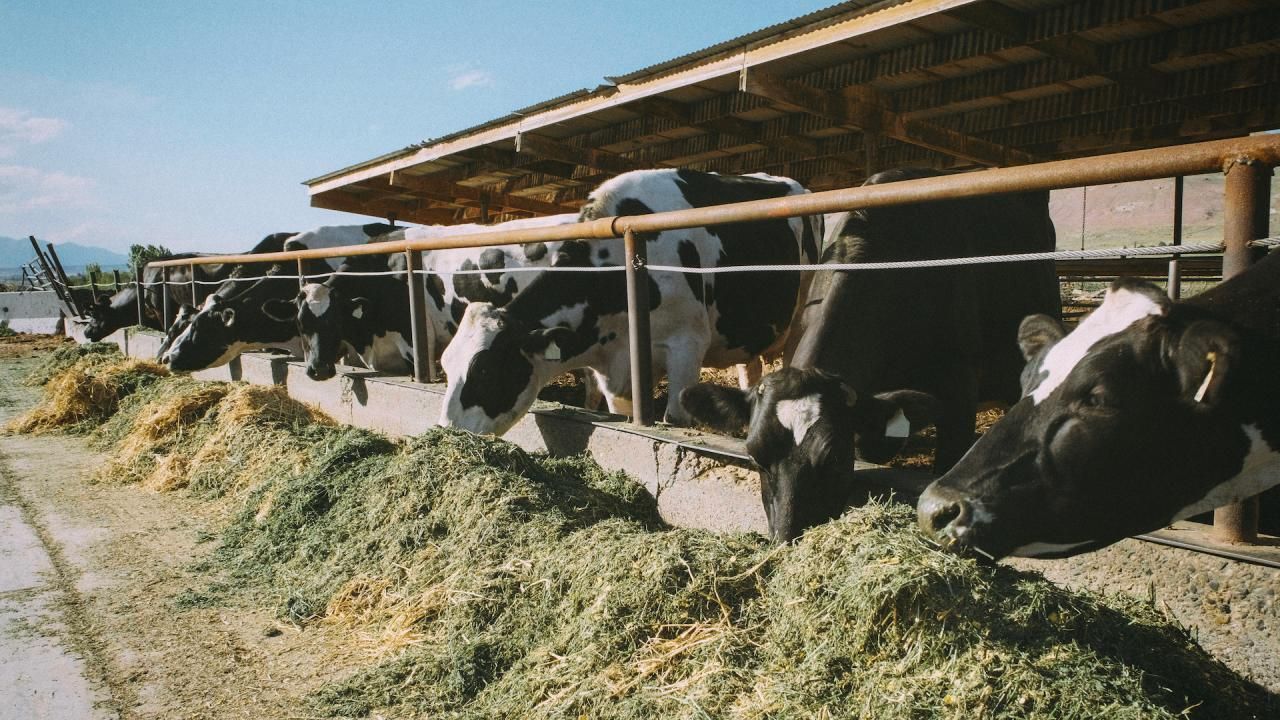Australian Hay Update - Friday 2nd February 2024
Welcome to the first Oaten Hay report from Basis Commodities and BALCO Australia for 2024. We hope you find this information useful and informative for your fodder requirements.
History of Oaten Hay
Oaten hay has been traded internationally as a feed source from Australia since 1987. It is known by dairy farmers throughout Asia, the Middle East and Australia as a reliable and safe feed which cows will readily eat. By world standards, Australian farming uses low fertiliser and chemical inputs. This is reflected in the quality of Australia Oaten Hay crops.
Australia is characterised by long, hot summers and cool, mild winters. Australia produces one winter crop per year. Dry grown Oaten Hay results in lower yields than irrigated crops and promotes high quality crops through stressing the plant.
Lower potassium levels in Australian Oaten Hay are important for dairy farmers when formulating feed rations. Low potassium diets fed during the close-up phase help increase the reabsorption of calcium for use in milk production. This helps cover the calcium deficiency the cow has Immediately after calving.
The low fertiliser style of farming in Australia produces Oaten Hay low in nitrate nitrogen. The levels in Balco Oaten Hay are well below the accepted cut off point of 500ppm for dairy cows.
Reference: Grains Research and Development Corporation.

Uses of Oaten Hay in livestock feeding
➢ Calves – oaten hay can be used for ad lib intake in milk fed calves or as a chaff through grain mixes.
➢ Heifer and milking cows – total mixed rations (TMR) to add fibre and improve mix consistency when using very wet ingredients. Oaten hay can be a good source of sugar to aid in intake, palatability and dietary sugar levels.
➢ Supplementary to grazing rations to add in fiber and dilute excessive protein levels.

Introducing a digestible fibre source benefits dairy cows at all stages
✓ Calves from 6 weeks to 6 months to enhance growth.
✓ Transition and early lactation to maintain premium animal health and increase early milk yields.
✓ Medium and late lactation to increase milk yield and quality.
✓ Dry cow and close-up increases dry matter intake for reduced metabolic disorders.
✓ Ensures dairy cows reach their maximum production potential.
Balco oaten hay maintains minimal ASH levels, in comparison to other markets. High nitrate levels have a cumulative effect and create the risk of fertility issues. Balco Australia oaten hay test far lower than that of competitor markets. Potassium levels in Balco oaten hay are on average below 2% due to Australia’s low fertiliser inputs.

The team at Basis Commodities is available to discuss fodder requirements and also to support our clients with technical information. Our close association with BALCO Australia will ensure the appropriate information is shared with nutritionists and the livestock output is at optimal levels.
Please enjoy this video detailing the support from Basis Commodities and Balco Australia.
Please contact Nader Hassan, Musab Diab or Steven Foote, who are available to support any fodder needs for the season.
Steven Foote
Sydney, Australia
M: 0408 308 908
E: steven@basiscommodities.com
Nader Hassan
Dubai, UAE
M: +971566915688
E: nader@basiscommodities.com
Musab Diab
Dubai, UAE
M: +971568303164
E: musab@basiscommodities.com
Sign up to our mailing list
Share This Article
Other articles you may like
Sign Up
Enter your email address below to sign up to the Basis Commodities newsletter.








